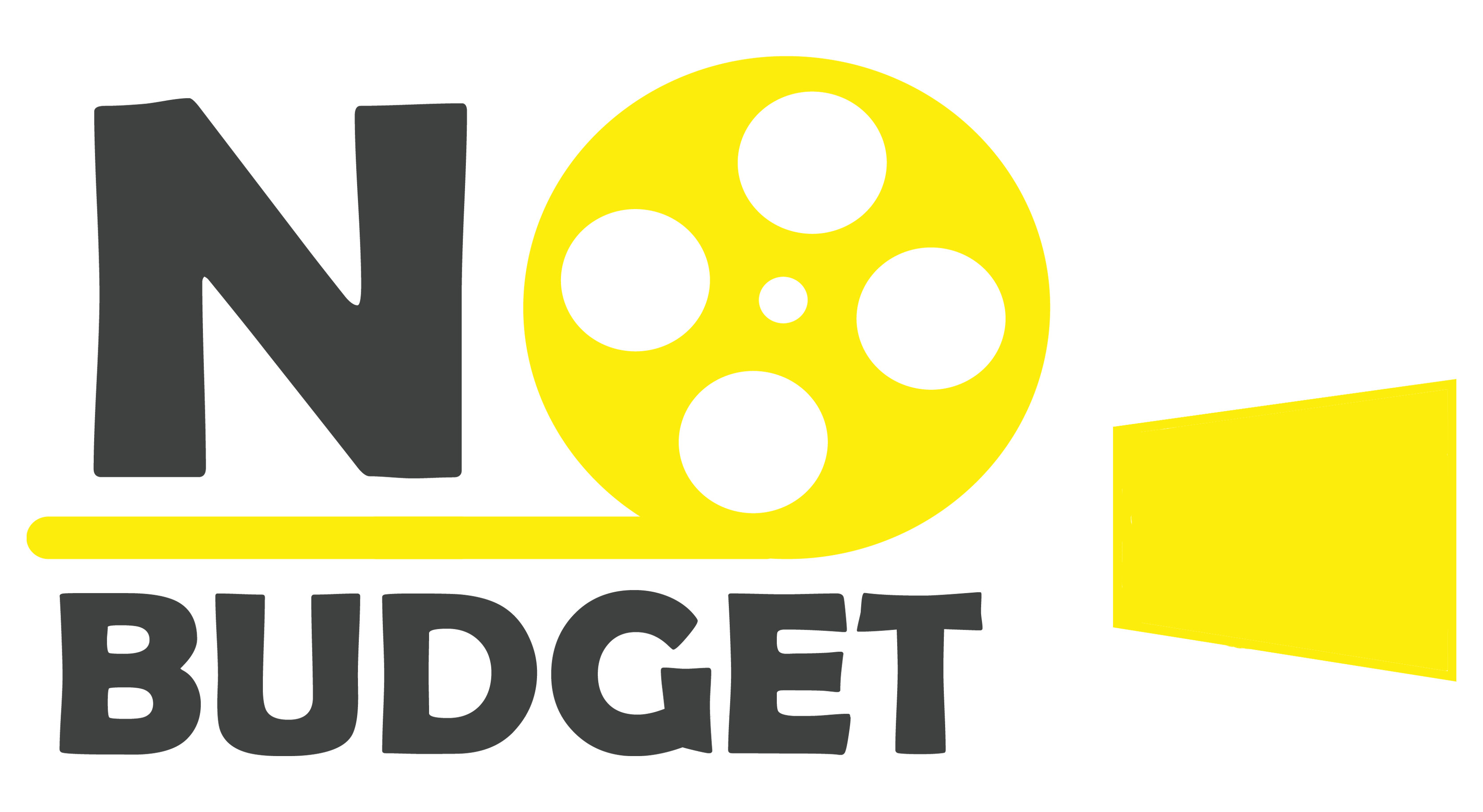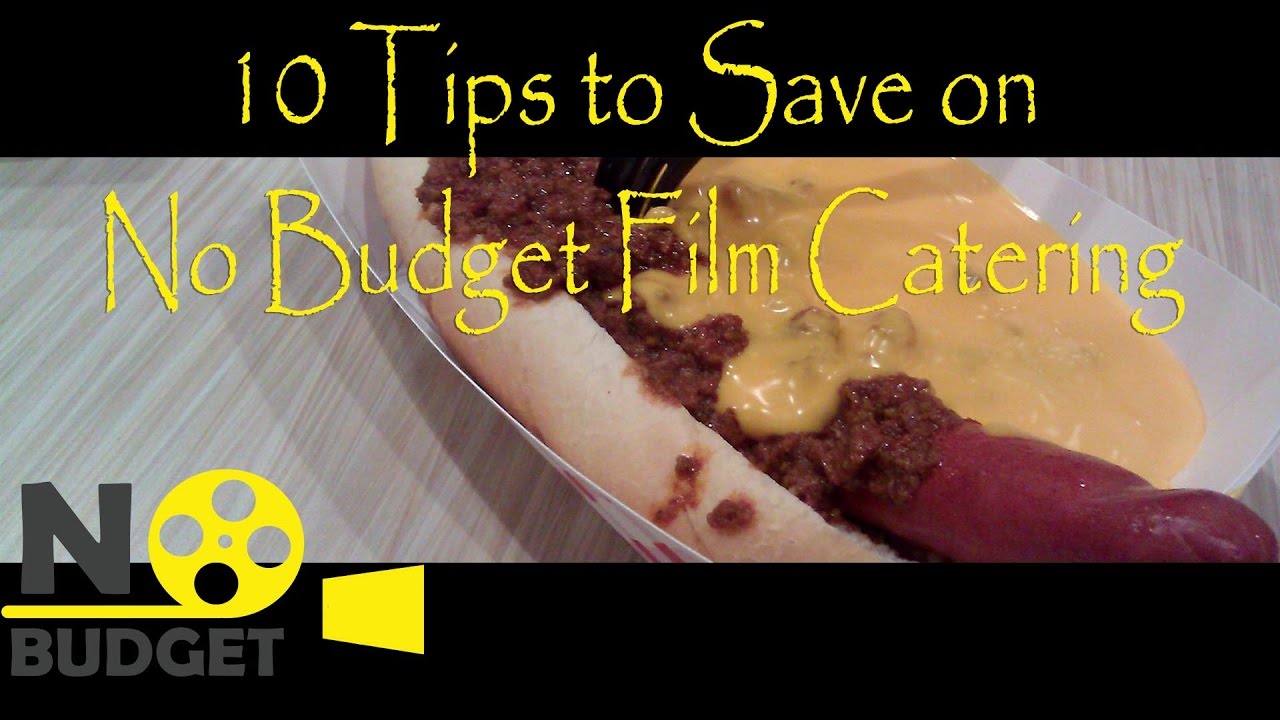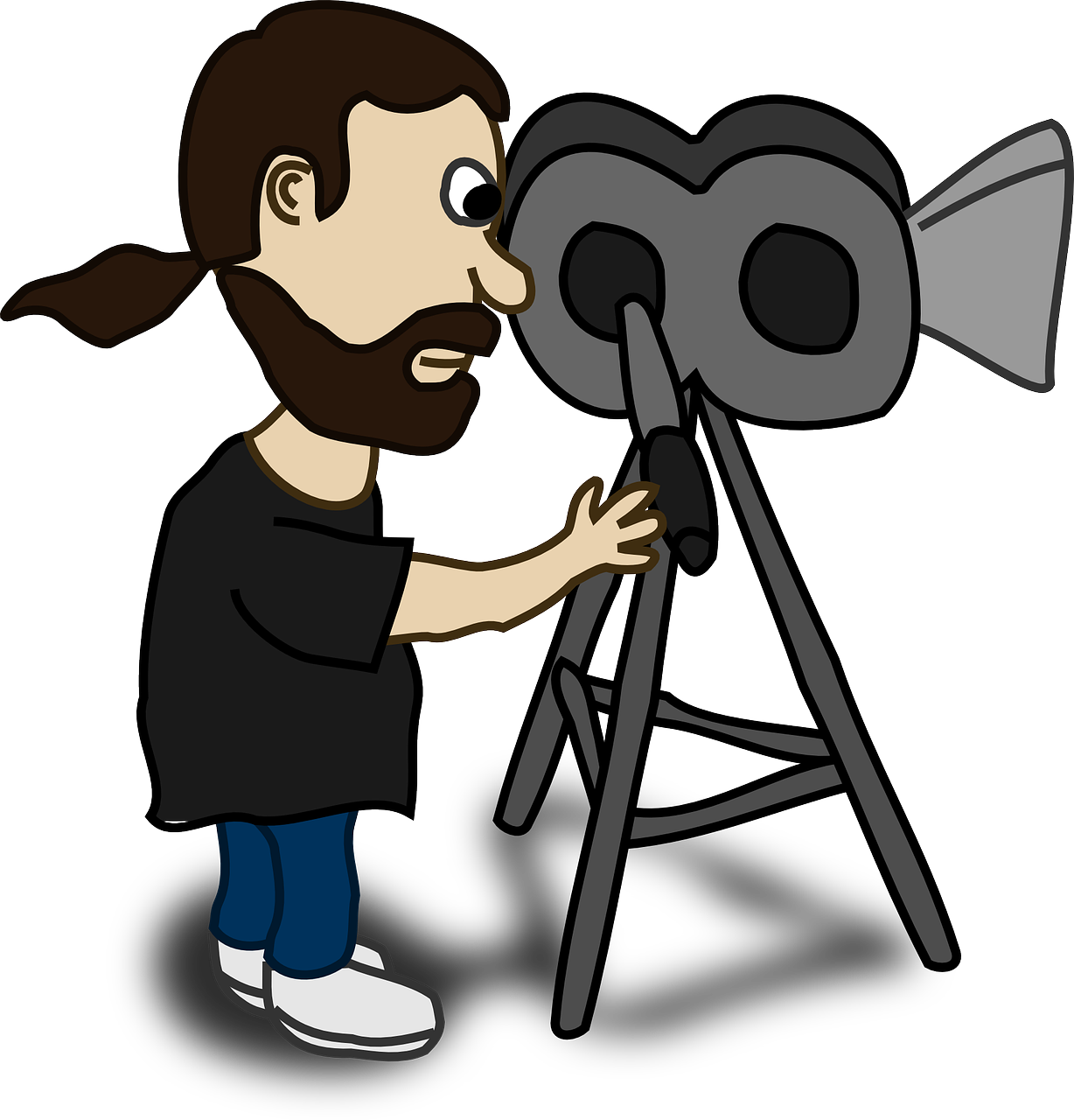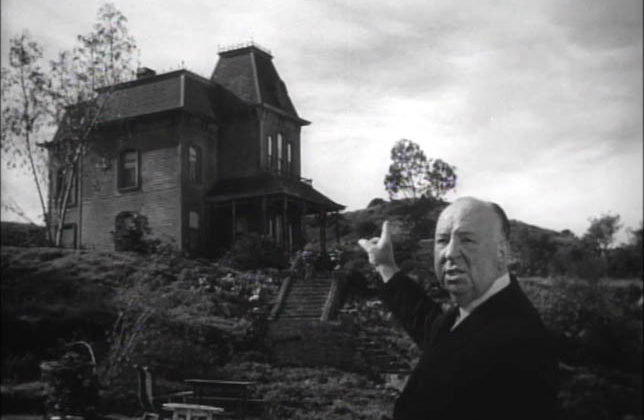Introduction to Storyboards For Filmmaking
Storyboards are often overlooked on No Budget film shoots, usually because a storyboard artist would exceed the budget. But as a director they can be a useful way to get your message across freeing you up to focus on other things.
Why do a storyboard
You want to do one in all phases of the film. This allows the director to share a story with the cinematographer, director of photography, and lighting teams to setup the scene. Then the director can go work on something else, such as working with the actors.
How to create a storyboard
Story-boarding needs to contain a drawn image of the scene along with some accompanying text. The style is open to interpretation in regards to the level of detail. The main thing to think of is are you getting your message across visually. Under each panel of the storyboard is some space for text. Use this to give direction. In some cases this might be a line of dialog. That way the DOP will know what that scene should look like for those lines. This can also be director for the crew in some way such as what is in focus and out of focus, or perhaps the direction of the lighting and shadow.
When to do a storyboard
Once the script is done the director (or storyboard artist) can sit down and start drawing out the scenes. This isn’t the full movie, each panel should be the key image for that scene. This can be the angle of the actors or what is happening.
Related Posts
Leave a Reply Cancel reply
This site uses Akismet to reduce spam. Learn how your comment data is processed.





